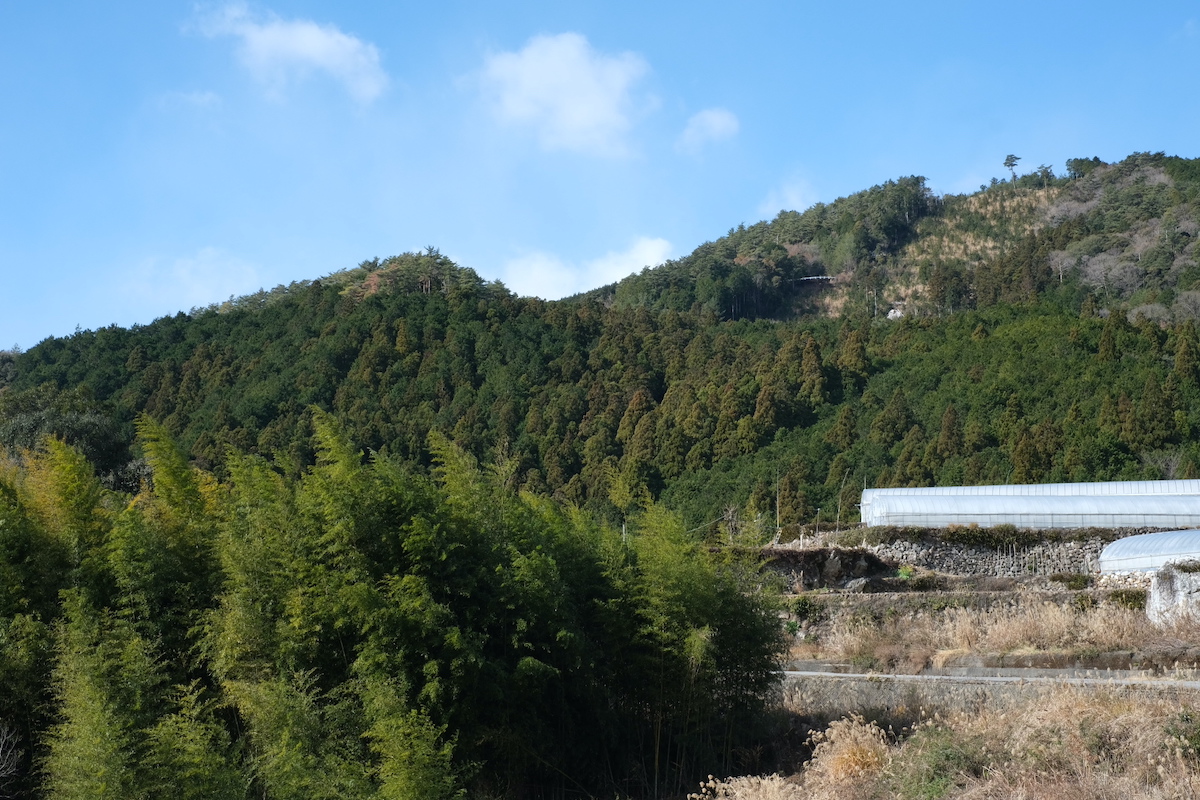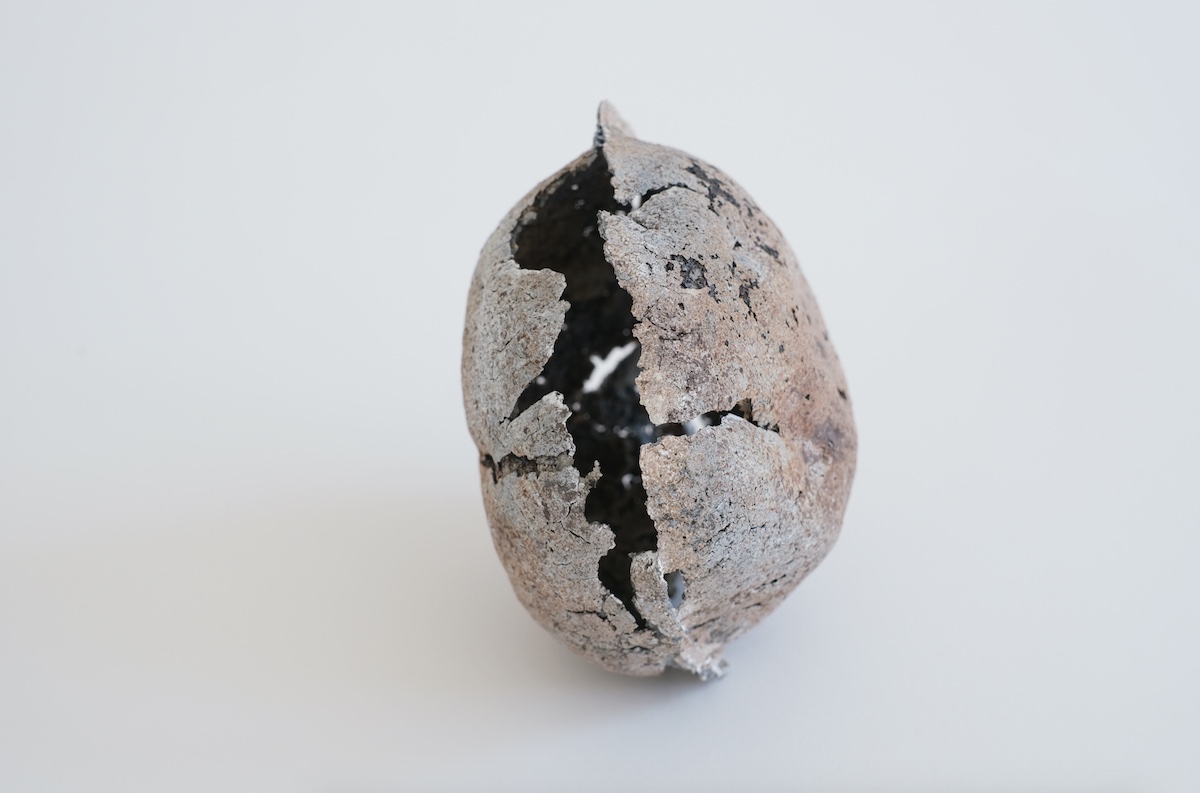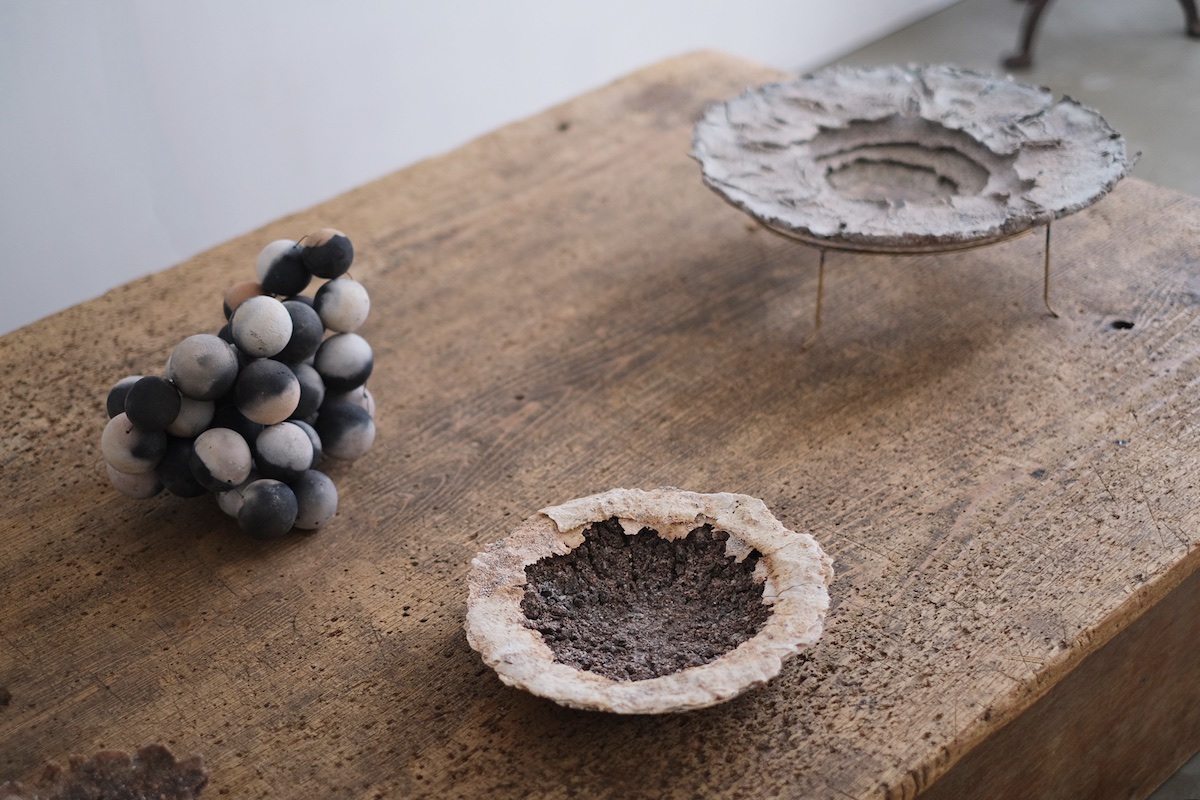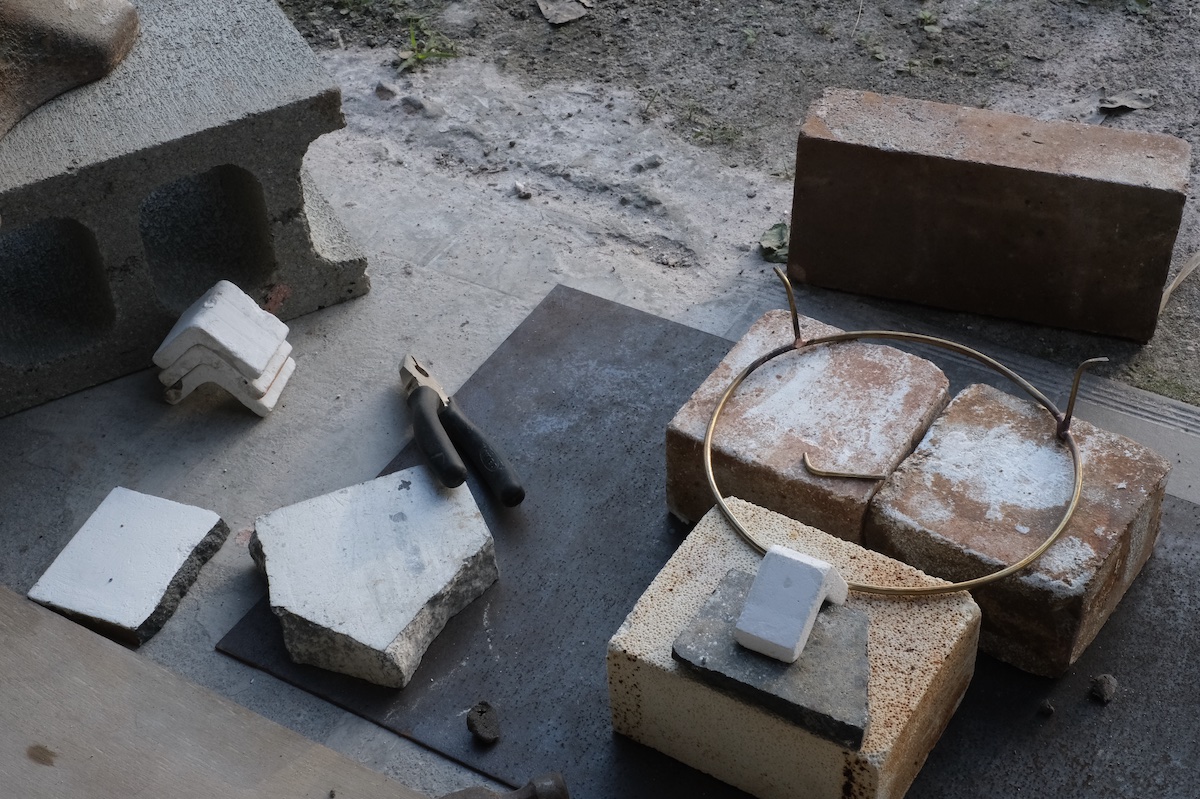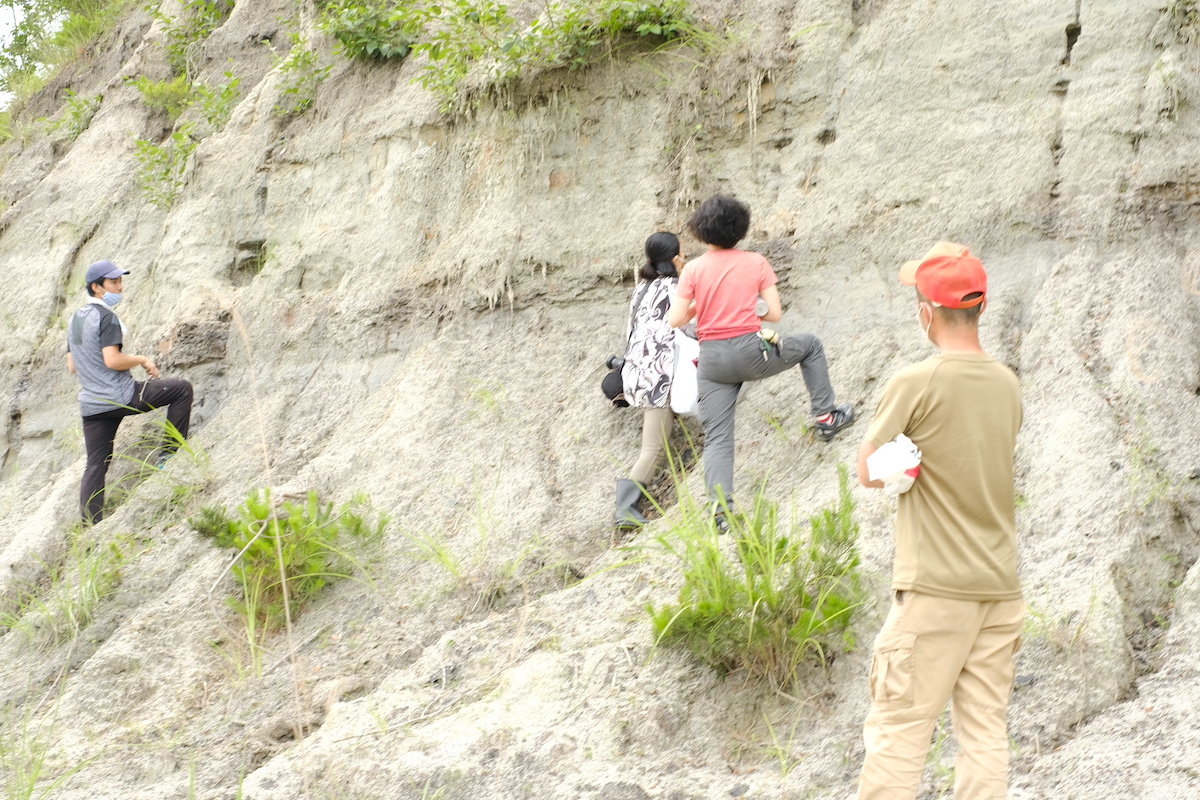Artists
Photo Credit: NIU Chun-Chiang
LIANG, HAN-YUN
LIANG, HAN-YUN
| Location | Japan / Koka |
|---|---|
| Residency | The Shigaraki Ceramic Cultural Park |
| Year of the Grant | 2021 |
Originally an English major in university, Liang followed her interests and got her M.A degree in visual communications design from the Institute of Applied Arts at the National Yang Ming Chiao Tung University (NYCU) in Taiwan. During her time at graduate studies, she was granted scholarships from the Ministry of Education of Taiwan and NYCU to enter the exchange programs at Pratt Institute in New York, U.S.A. and Aalto University in Helsinki, Finland. In the last year of her graduate studies, she joined the ceramic club; it was her first encounter with three-dimensional materials in creating arts. After graduation, she worked as a visual designer while continuing her creative work.
In 2017, Liang moved to Kochi prefecture in Shikoku, Japan, to take an apprenticeship with ceramic artist Ono Teppei and has devoted herself to ceramics since then. In 2020, she had her first solo exhibition in Osaka and followed by other exhibitions, including “process of…” at the norm Gallery in Wakayama (2021), “the lake, the seed and the bonfire” at the wad+ Gallery in Osaka (2021), and a joint exhibition “no title” with two other Japanese ceramic artists at the Mizusai Gallery in Tokyo (2022). With the Ministry of Culture of Taiwan grant, Liang entered the artist-in-residence program at the Shigaraki Ceramic Cultural Park in 2021.
After more than four years of apprenticing with Mr. Ono and living in Japan, Liang returned to Taiwan in 2022 to start a new page in her artistic career. She has just won the award of the Next Art Tainan in Taiwan.
Artist Statement:
My artworks are often related to nature. While apprenticing in Kochi, I always spent time in the mountains and looked for inspiration and materials. When I arrived at the Shigaraki Ceramic Cultural Park (SCCP) for the residency, I got myself to be familiar with and to explore the natural surroundings in the first place before starting my projects and experiments.
The pandemic was still at its peak during my residency at the SCCP. The situation pushed my daily life back to the fundamental needs and my art creation toward my inner self, which was a very precious experience in the modern days, and the rewards were astonishing. The interactions with other artists and the staff members at the SCCP improved my art-making knowledge and skills, furthermore, mentally strengthened my self-consciousness about being an artist.
Making friends with fellow resident artists and having in-depth conversations with them made me reexamine the purpose of being an artist, looking back at the starting point and setting new goals. In the practical aspects, we exchanged our ceramic skills and shared our experiences and thoughts on applying different methods and their results. I, therefore, learned how to use the brass fusion technique to create stands for better presentations of my artworks. In addition, I learned more about the gallery industry outside of Asia through our conversations.
Working with the staff members at the SCCP, on the other hand, enriched my knowledge of ceramic glazes and surprised me with every professional detail about the ceramic industry in Japan, even in wrapping and transporting the works. The firsthand lessons from these experienced technicians were priceless.
The SCCP facility is exceptional. They can almost take care of every need of artists in art-making, as long as the artists thoroughly discuss and communicate with the technicians. The variety of kilns alone is stunning. There are different sizes of gas kilns, electric kilns, traditional wood-burning kilns, and even the high-efficiency fuel-burning kilns. When the weather allows, pit firing outdoors is also an option. The SCCP also provides fire bricks for the artists who wish to build their kilns in the open space and use the gas burner to fire the clay if they have specific ways of doing their works. I chose to use the gas kiln and pit firing during my residency.
Besides the physical facilities, the SCCP provides many invisible resources. Many art galleries would come to discuss exhibition details with the resident artists and would visit the new-coming artists. Therefore, I had the chance to expand my networks and connections and further understand the ecosystem of Japan’s art gallery industry. With the invitation of other resident artists, I was able to go to Osaka and Kyoto for their exhibitions. I think that the tight connection and constant exchange between the SCCP, the artists, and the galleries have created a healthy cycle in the art industry which is an ideal model to look up to.
The SCCP arranged field trips every one to two months during my stay. I visited the Hyogo Prefectural Museum of Art, the clay factory in Shiga prefecture, the ball clay mountain where the special clay was mined, and the local pottery factories and spaces. These well-established and professional institutes and organizations have proved the ceramics industry in Japan is indeed prosperous; the demand and supply are steady and impressively high but at the same time well balanced. In addition, through the field trips and networking, I saw the close connection between the SCCP and the surrounding ceramics institutes and kilns, such as the Industrial Research Center of Shiga Prefecture and the private-owned Shigaraki Share Studio. All of them have invested lots of budgets and resources to provide consultations and facilities for the local artists, companies, and factories to improve and support the entire ceramics industry.
The wide acceptance and high demand for ceramics in Japan are, of course, rooted deeply in the long history of using pottery. However, this residency experience at the SCCP made me realize that full support from every aspect makes the ceramics industry prosperous. Therefore, I hope that by connecting to the world and exchanging experiences, Taiwan can become more open and supportive of ceramics on household implements and aesthetic creations.
Author: LIANG, HAN-YUN
Edited: Brix

